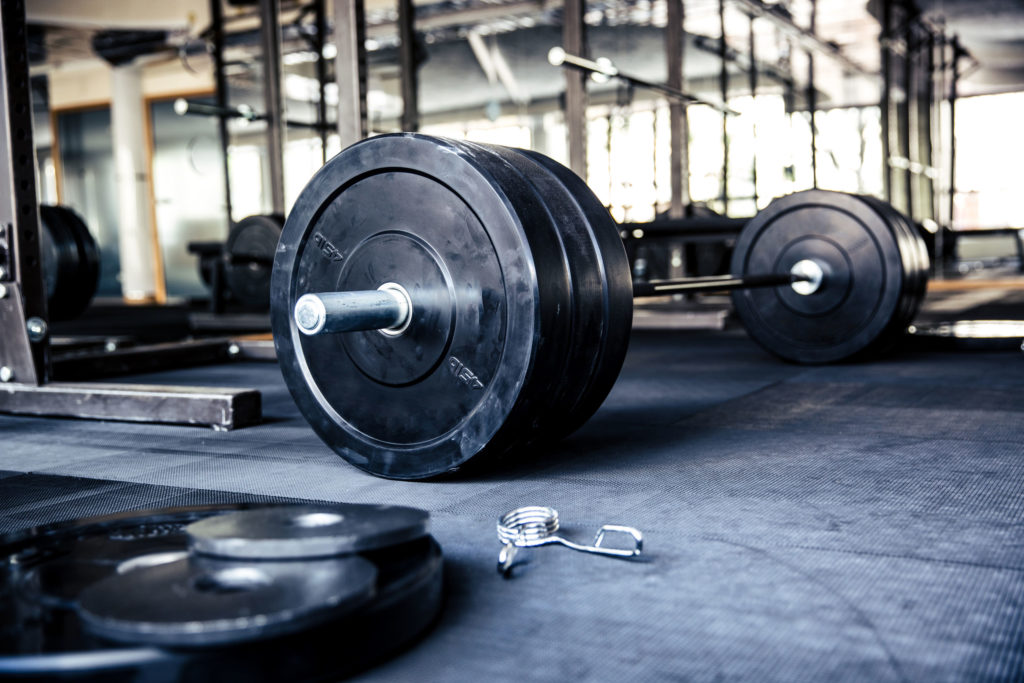In today’s guest post, regular contributor and resident Texan badass, Shane McLean, explains why the way to get bigger, faster, stronger isn’t to only put more weight on the bar.
Don’t get me wrong, it helps (and would be a nice starting point for some people)….but it’s not the only way.
Shane shares some examples below. Enjoy.
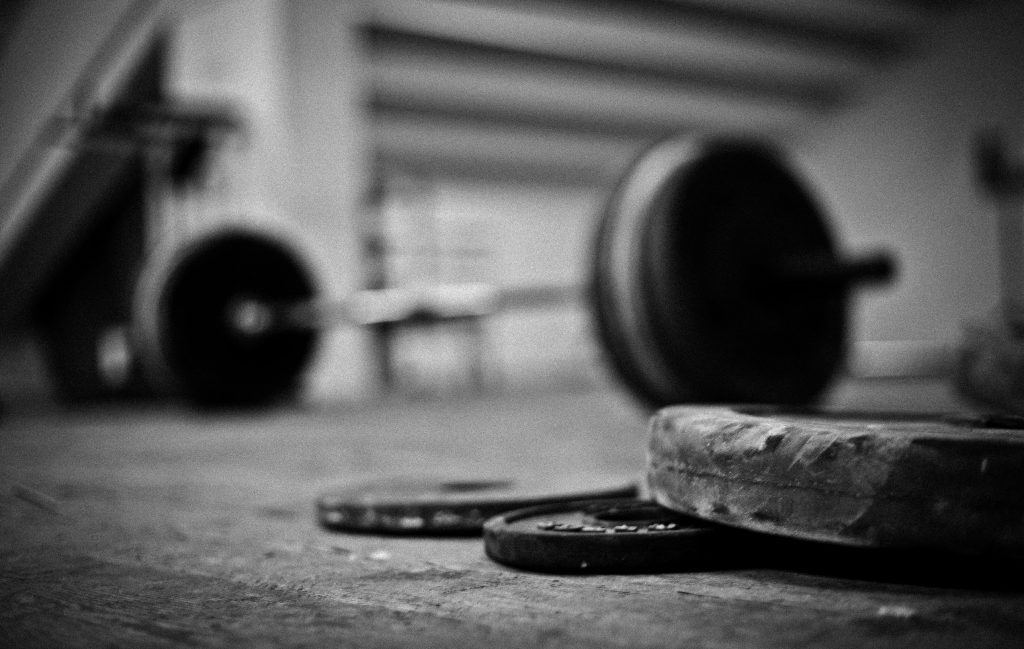
It’s Not Just About the Weight…
Progress in the weight room is much like life. It’s never in a straight line.
When you first started out on this lifting journey, progress (mostly likely) came easily and slapping more plates on the bar was second nature. You’d also look in the mirror, strike a pose and realize you’d gotten a little sexier.

Ah yes, those were the days.
As you move further along in this journey, the newbie gains start to wear off and it becomes more of a struggle to get bigger, faster and stronger.
When this started happening to me, I thought I was doing something wrong. I would workout harder and longer and would hop from program to program hoping to regain the gains.
But all I got was….
After some trial and error and having the benefit of some world class coaching, (hint hint Tony) I realized that changing a few variables was just the kick start I needed.
The following techniques have been around longer than you and me (and I’ve been around for a while) because they work. It’s not as sexy as twisting yourself into a pretzel or squatting on a Bosu ball, but your gains will thank you.
I’m bringing flexing back. The Bodybuilders don’t know how act.
1) Cluster Sets
I first came across cluster sets in Eric Cressey’s Maximum Strength program. After doing these for the first time, I felt like JJ Watt had taken me out. Ouch was an understatement.
Cluster sets involve inserting a short 10-second rest within a straight set which enables you to lift more weight without having to reduce volume. With a typical straight set, you lift the weight for a certain amount of reps and then put it down.
But with cluster sets, you’ll work with your 5 RM, lift it twice, rest for 10 seconds and complete 3 more 2 rep mini sets with 10 seconds of rest between each. You’ll do 4-5 total sets like this, which adds up to 40 reps with a 5RM weight.
Cluster sets work best with compound movements that don’t require a lot of set up time. For instance, barbell bench press variations, chin ups, barbell row variations or the Humble Goblet Squat.
For example:
1A. Flat barbell bench press (4 x 2) mini sets with 10 seconds of rest between – 5 sets
1B. Weighted chin up (4 x 2) mini sets with 10 seconds of rest between – 5 sets
A Little Sumthin on Bench Press Set-Up
And, I Little Sumthin on Chin-Ups
2) Pauses
Unless you’ve had your head in the sand for the past few years you should know the three main triggers for muscle hypertrophy are mechanical tension, metabolic stress and muscle damage.
If you want to geek out and get more in depth with this topic, click here.
Adding a pause in your lifts covers these bases, if somewhat brutally. But lifting weights isn’t meant to tickle and pausing while the working muscle is under tension will test you in ways that you’ve never thought possible.
Which is another way of saying they suck. ?
Pauses work best with compound lifts like deadlifts, squats, presses and rows but can also used for isolation exercises (Bicep curls, anyone?) to bring up a lagging muscle group.
Pauses can work on weaknesses, such as being slow off the floor when deadlifting or getting into a good squat position. Because if you’re struggling with certain positions within your lift, it helps to spend more time there, not less.
If you plan on using this technique, a 2- 3 second pause with a load between 60-80% 1 RM and lifting between 5- 10 reps works well. However, please feel free to experiment if you’re feeling particularly sadistic.
3) Every Minute on the Minute (EMOM) Sets for Strength
This method is synonymous with metabolic training and workout finishers at the end of a training.
Starting a set every minute on the minute holds you accountable for work you do in a certain period.
However, if you dare, they can be used for strength also because strength is a skill that needs to be practiced and this method allows you to spend some quality time under the bar not at the bar. ?
Load a barbell with 90% 1 RM for lifts such as squats, deadlifts, presses or pulls. Set the stopwatch for anywhere between 10 – 20 minutes and do one rep every minute on the minute.
This will help you hone your technique and get stronger and better conditioned.
However, this is neurologically demanding and should be done with only one lift per workout. This is best done periodically to shake things up and to bust through plateaus. Please enter at your own risk.
Wrapping Up
You don’t need to throw the baby out with the bathwater when your progress stalls. Just adding some small changes to the basics will have you flexing, smiling and loving the mirror again.
About the Author
Shane “The Balance Guy” McLean, is an A.C.E Certified Personal Trainer working deep in the heart of Texas. Shane believes in balancing exercise with life while putting the fun back into both.

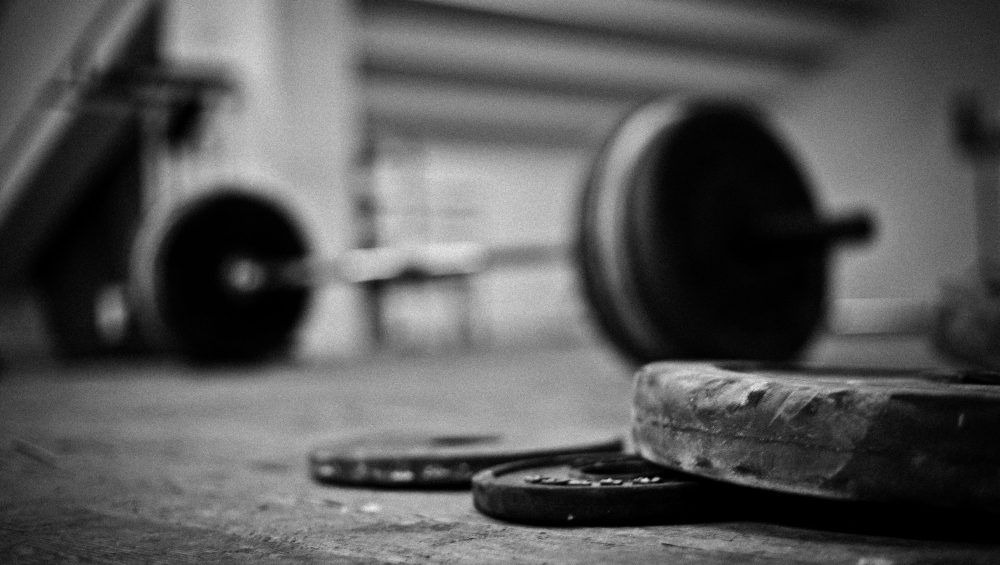
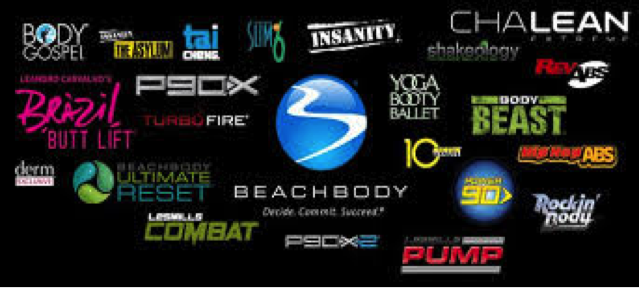
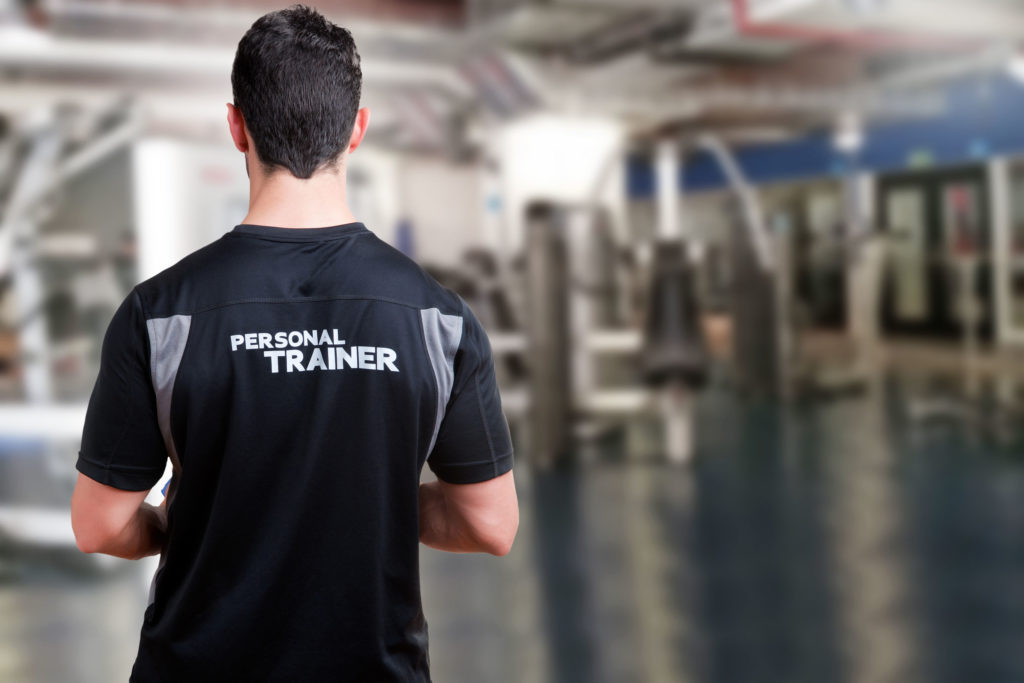

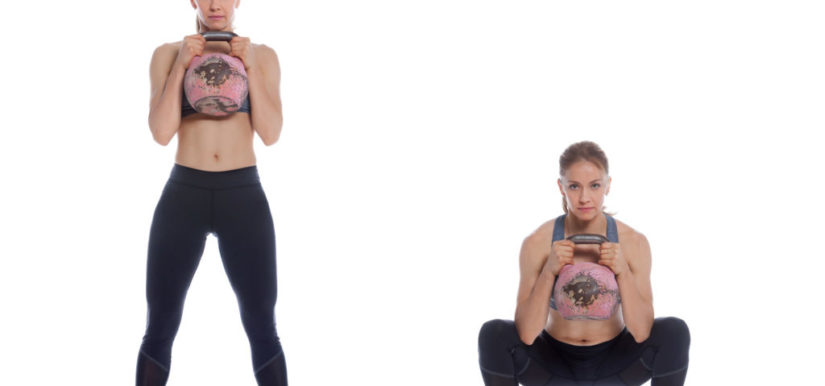
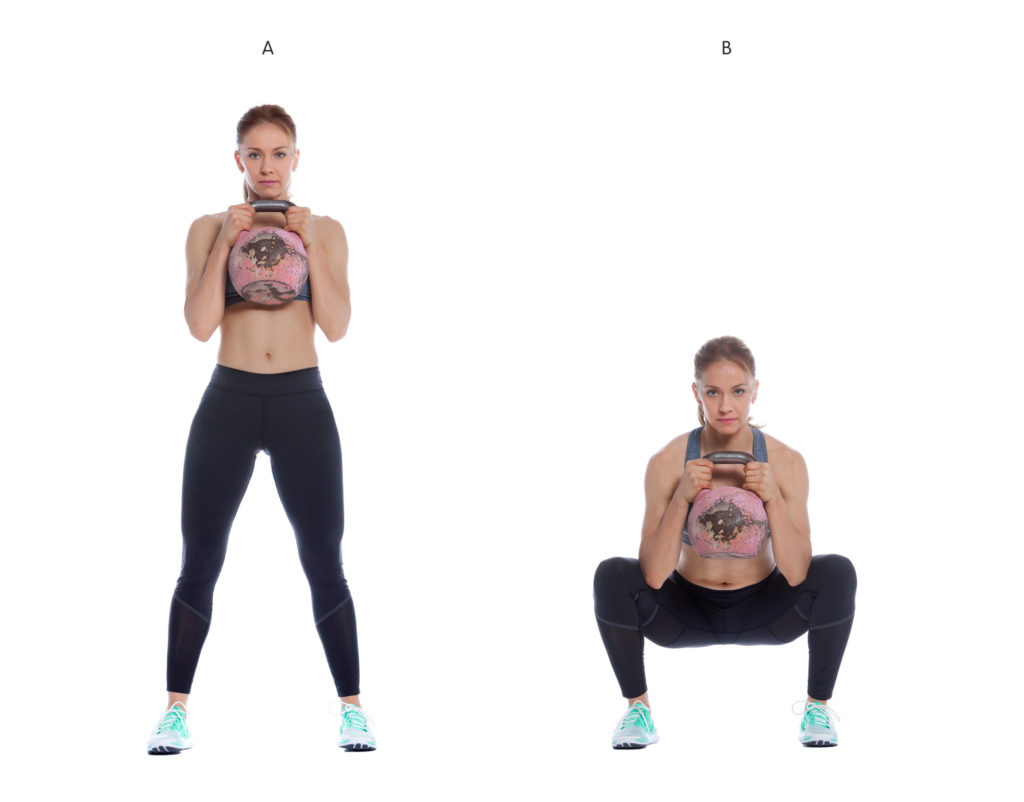
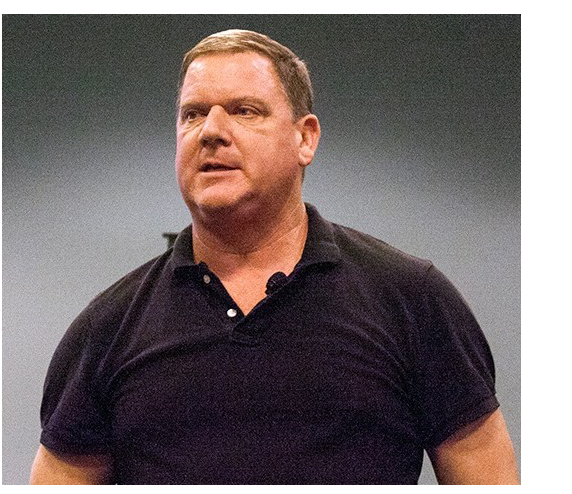
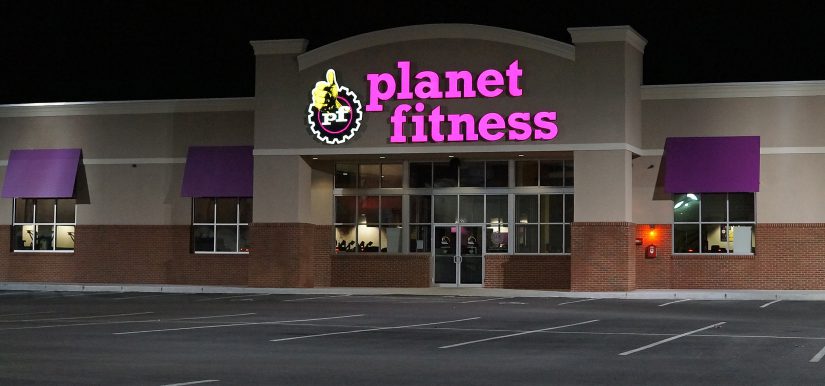

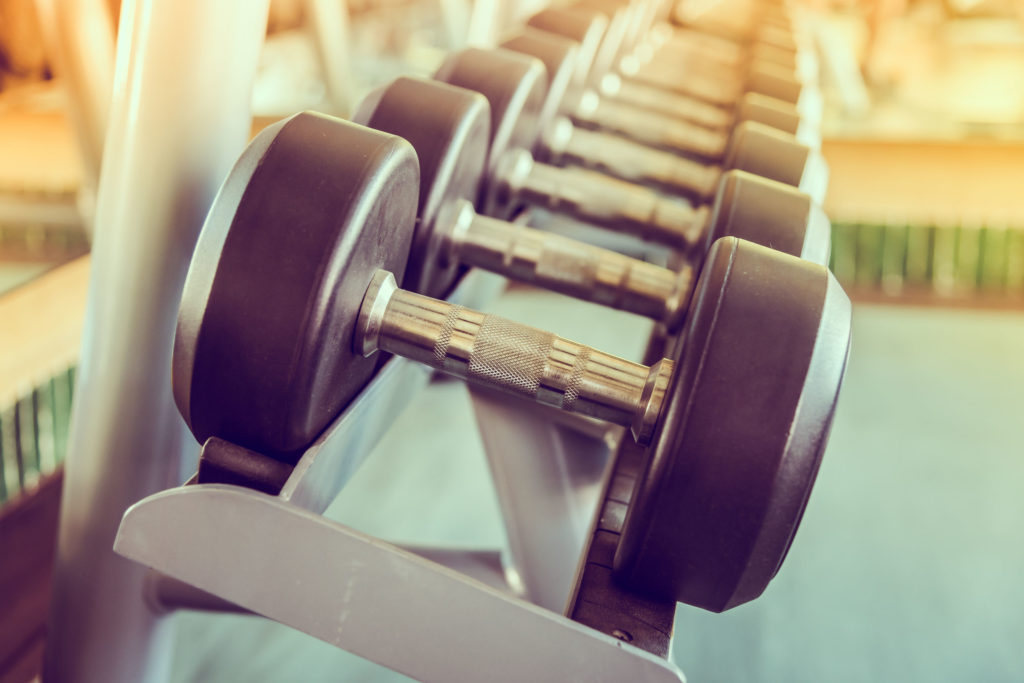



 just counting reps and throwing some exercises together and calling it a program. It’s training people with an intent to make an impact on their lives.
just counting reps and throwing some exercises together and calling it a program. It’s training people with an intent to make an impact on their lives. Good coaching looks a bit like good parenting. It’s a combination of everything from teaching and motivation to providing boundaries and developing habits…all with a focus on helping the client become a better version of themselves and ultimately achieve their potential. So, coaching is no one thing…it’s a combination of many things.
Good coaching looks a bit like good parenting. It’s a combination of everything from teaching and motivation to providing boundaries and developing habits…all with a focus on helping the client become a better version of themselves and ultimately achieve their potential. So, coaching is no one thing…it’s a combination of many things. nutritional counselling are just a small part of a successful coach-client relationship – “Good Coaching” also considers client education, appreciates the value of effective communication and looks to empower the client in as many ways as possible.
nutritional counselling are just a small part of a successful coach-client relationship – “Good Coaching” also considers client education, appreciates the value of effective communication and looks to empower the client in as many ways as possible. Coaching is about communication of your knowledge of the X’s and O’s of training and programming. So, “good coaching” looks like a good relationship between the trainer and the people they’re currently working with.
Coaching is about communication of your knowledge of the X’s and O’s of training and programming. So, “good coaching” looks like a good relationship between the trainer and the people they’re currently working with.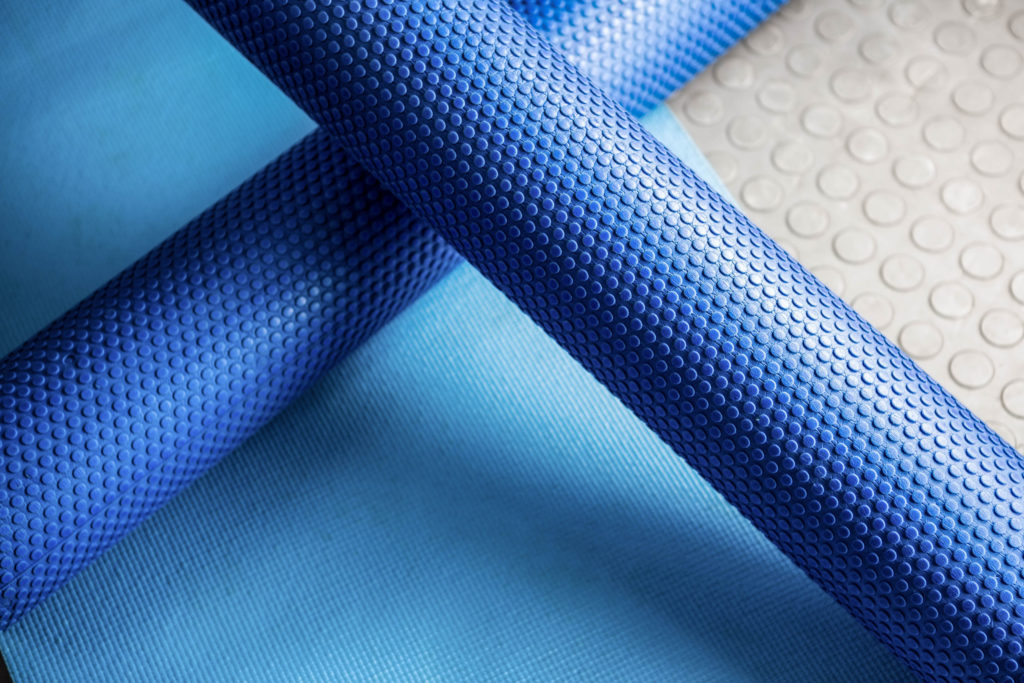

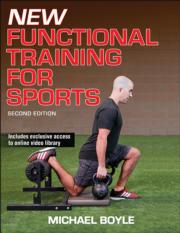 2nd edition. He thinks foam rolling can help combat muscle creep.
2nd edition. He thinks foam rolling can help combat muscle creep.